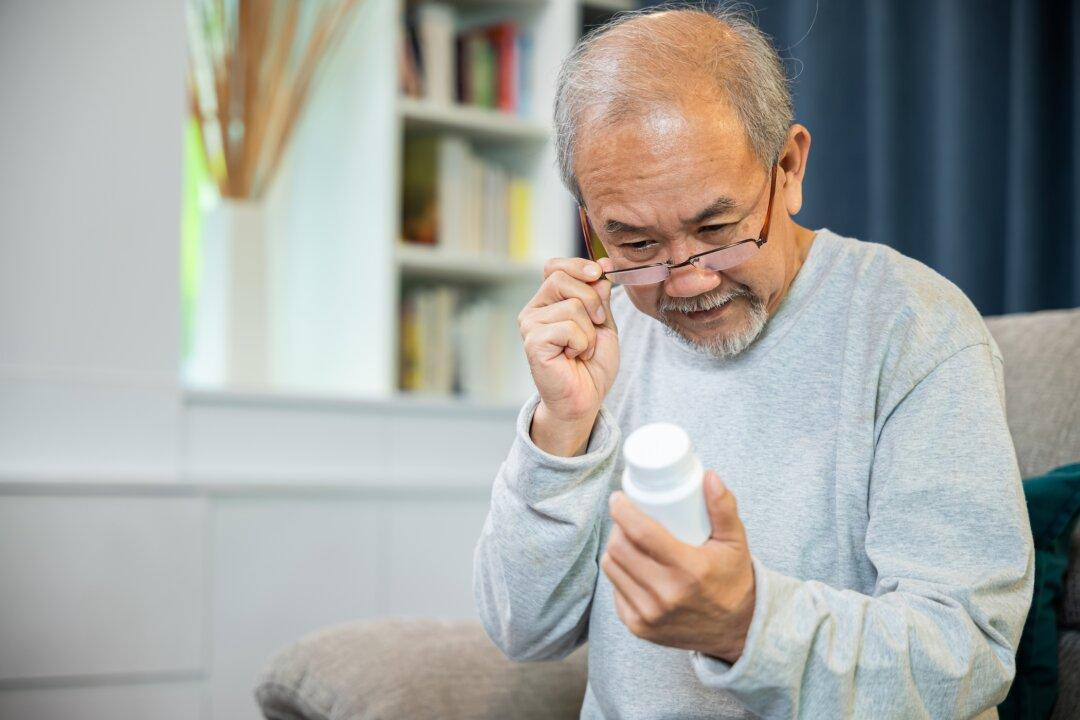If you are at risk for Type 2 diabetes or have prediabetes, there are natural remedies that can help you regain control of your health.
When your baseline blood sugar level is higher than normal, but you haven’t hit the threshold for a diabetes diagnosis, you may have prediabetes, a condition that often has no symptoms, but is still considered serious.





